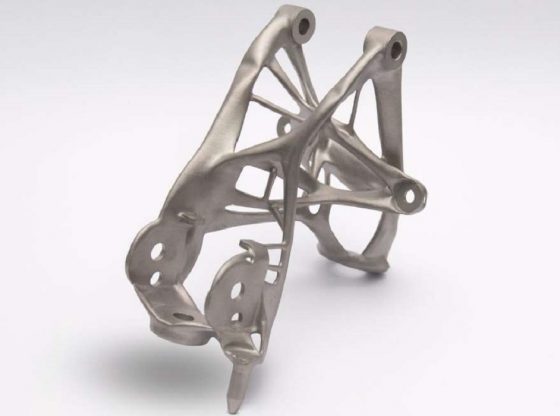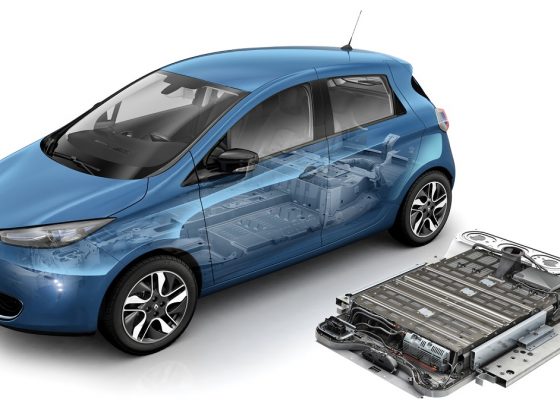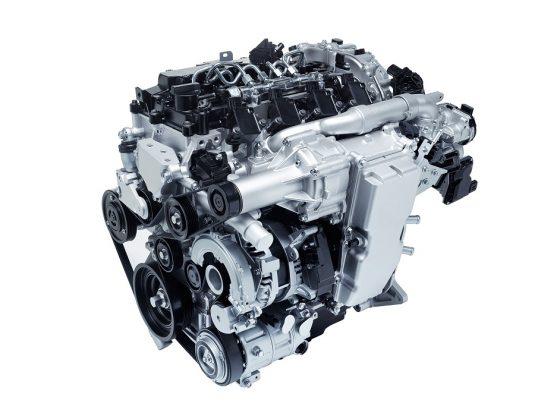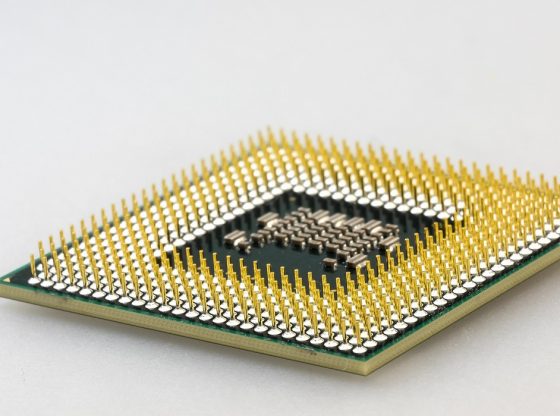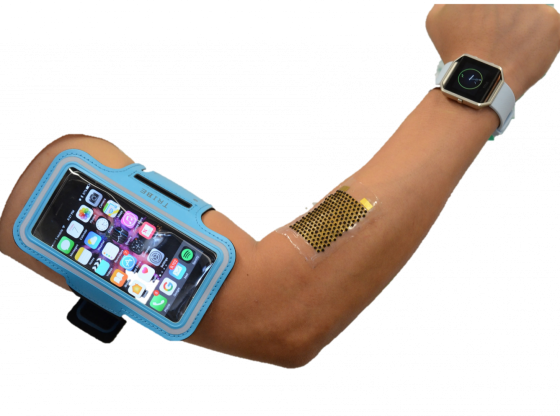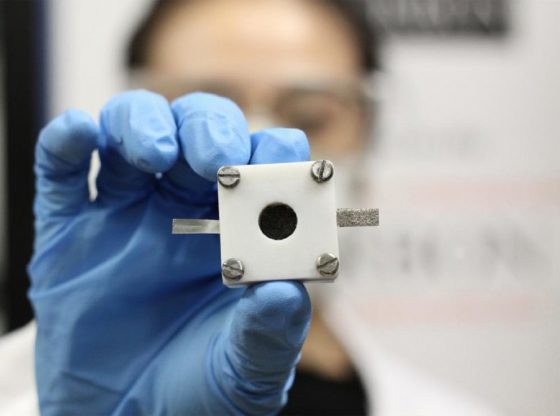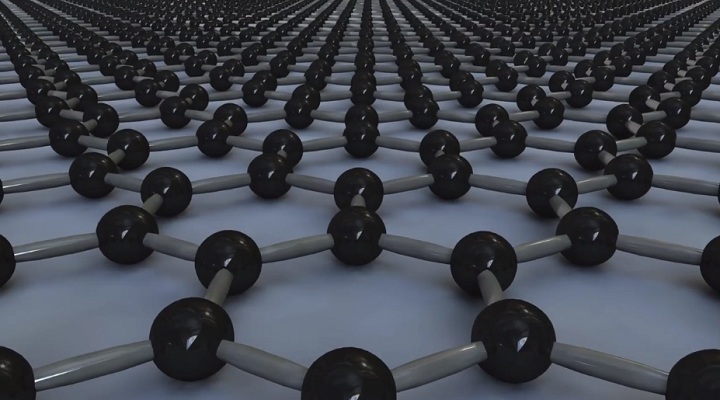
Yet another potential use of graphene has been presented by a team of scientists at Cambridge University who have been experimenting with using the miracle material as ink. As the team has developed an impressive printer ink able to print the material to be used for electronics.
Graphene: Better, Faster, Stronger
Graphene is extremely conductive, lighter than a feather, stronger than steel, chemically stable, and also flexible. It is indeed superior to many materials that are in use today. And does indeed have a potential to not only revolutionize present already established industrial applications by substituting other materials, but also spawn whole new sectors of industry.
But there are presently two main problems, however. It is difficult to produce in large quantities and it is seemingly hard to use graphene as a semiconductor material (bandgap). But with present investments in graphene research and development, the future is promising for these issues to be solved.
Progress
The feat now accomplished at the Cambridge University is just one example of recent breakthroughs in graphene research. Earlier this year researchers at the Northwestern University McCormick School of Engineering also developed graphene-based ink that they were able to spray onto substances to make flexible electronics.
Last year researchers at the Cornell University made both flexible and transparent circuits. The Northwestern University scientists managed to envisage a new method of making it possible to create large volumes of pure graphene, 250 times more conductive than previous attempts and then print it with a regular inkjet printer.
Ink Electronics
Printing graphene implies the possibility of print circuits on pretty much anything. The researchers at Cambridge developed a flexible digital display in collaboration with Printed Electronics Limited.
This display uses conventional materials, but with a transparent, electrically conductive graphene layer on top. They also managed to print a piano circuit board onto fabric using a conductive graphene ink while also printing a digital display onto a bendy bit of plastic.
_______________
Graphene-Ferroelectric Hybrid Structure for Flexible Transparent Electrodes
Opening Doors to Foldable Electronics with Inkjet-Printed Graphene
______________________________



